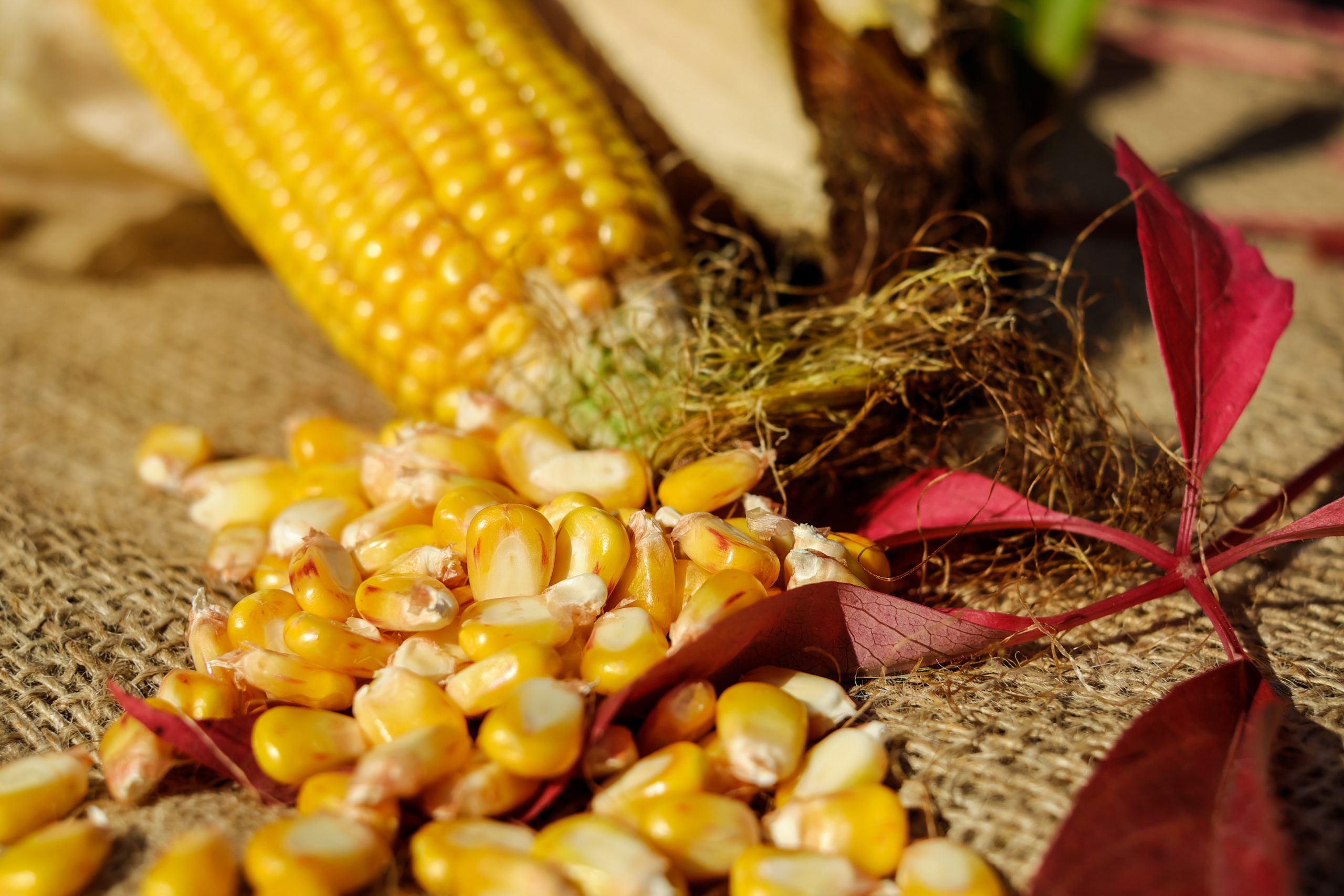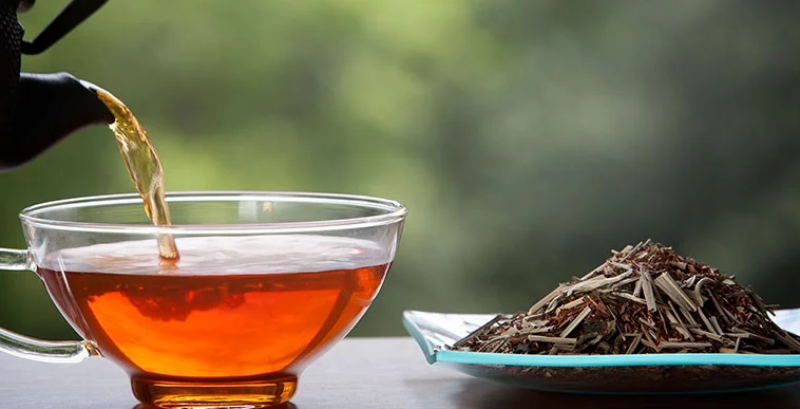Cornmeal Substitute You Can Find In Your Kitchen Cabinets

Everyone experiences moments when they prepare a meal and find that some of the essential ingredients are missing. There are many substitutes available for different food items, and cornmeal is no exception. Cornmeal substitutes can be easily found lying around your kitchen to be used in your meal prep.
In this article, we will run you through some of the best cornmeal substitutes so you can make your favorite dish anytime you want. You might be surprised to find out some of these easy substitutes available in your kitchen. Before jumping onto cornmeal, substitute let’s first know a little about cornmeal.
What is Cornmeal?
Cornmeal is made of grounded yellow corn and ranges highly in texture from fine to coarse ground. Mostly yellow cornmeal is made from dent corn which has a high scratch content and corny texture.
Cornmeal is used commonly for making cornbread and can form a tasty, crispy crust on different foods like chicken and fish. It is processed through steel rollers to get finer ground or stone ground for a coarse texture.
Corn Starch vs. Corn Meal
Before we dive into the article to learn about different types of corn substitutes, it is important to learn the difference between corn starch vs. corn meal. Let’s find out quickly.
Cornstarch is a white powder form of a corn kernel. It is commonly used as a thickening agent in different types of puddings and sauces. Corn starch is comparatively finer than cornmeal.
Cornstarch is gluten-free as it is made only with corn and can also be substituted for flour to thicken meal consistency.
On the other hand, yellow cornmeal is finely ground corn that is made using the whole kernel. Cornmeal adds flavor, body, and texture to any dish lacking in these factors. Cornmeal, when used in large quantities, gives a completely different consistency and texture than cornstarch.
Things To Know:
Before you use a cornmeal substitute, you should know that it serves different purposes in different recipes.
The two main functions of cornmeal are to add texture and flavor. If you use cornmeal to add flavor to a recipe, then you should substitute it with corn-based products.
However, if you use a recipe that needs the texture of cornmeal, look for a substitute with a similar texture.
If you want to use cornmeal substitutes because of allergic issues, then look for non-corn-based substitutes.
Read more- These are The Best Heavy Cream Substitute
Cornmeal Substitutes:
Now that you are clean about cornstarch vs. cornmeal and the varied purposes of cornmeal in dishes. Let’s take a look at some of the corn and non-corn-based cornmeal substitutes.
There are many different substitutes that can replace cornmeal perfectly without any noticeable difference.
Corn Grits
Corn grits are one of the best substitutes for cornmeal because they both use corn as their main product.
Grits are perfect for baking and cooking and are slightly coarser as compared to standard cornmeal, which meals that you should use a small amount of this substitute. This is important, especially in the case of liquid meals.
If you want a substitute to replicate the texture of cornmeal, then grind grits. Whenever you are in search of cornmeal substitutes, this is the first thing that you should be looking for in your pantry.
There is a slight difference between grits vs. cornmeal. Grits are smaller bits of corn that are finely ground; however, they are a little bigger than cornmeal, which can slightly alter the texture of cornmeal.
Using this substitute, you get the best of both worlds that is texture and flavor. Your dish will look and taste more or less similar to what it would have if cornmeal was used.
One thing to note is that if you plan on using corn grits to make your meal batter, then use lower amounts to balance out the bigger granules with smaller ones of cornmeal.
Polenta
Polenta is another popular cornmeal substitute. It is coarsely grounded and is also available in a wide variety of different grades ranging from fine to coarse. This allows you to pick a consistency that works fine with the meal you are preparing, depending on the purpose it needs to serve.
If you would use coarse cornmeal for your meal, then use coarse polenta as a substitute. Another thing to remember is that you can substitute cornflour with polenta flour if required.
In certain places, cornmeal is also called polenta; however, these two are different things. This shows how similar these two products work in a dish.
When you use polenta as a cornmeal substitute, the ratio will change typically even though it is coarse in texture, so remember to use small amounts.
NON-CORN SUBSTITUTES
If you do not have the above-mentioned substitutes, then you can use other products as mentioned below. Remember that these cannot add the same flavor as cornmeal but helps in adding the same texture.
SEMOLINA
This is one of the highly used cornmeal substitutes for many reasons. Semolina is high in protein content and is made from hard durum wheat middlings. It has a coarser texture than wheat flour which means it can replicate the cornmeal texture. Semolina adds a nutty and earthy flavor to the meals. You need to increase the amount slightly to use it in your cornmeal-based recipes.
GROUND OATS
If you are not looking for corn flavor, the texture and ground oats are also a perfect substitute.
RICE FLOUR
Rice flour has a fine texture, making it a great ingredient for stews, soups, and success. Like corn, rice flour is also gluten-free, which is a big advantage to people who are on a gluten-free diet.
GROUND FLAXSEED
Ground flaxseed has a crunchy texture, however, a completely different taste with a slight bitterness. You can take advantage of the health benefits from its right protein content and fatty acids.
Read More- Best Oregano Substitute For When You Are Out Of Your Stack
HOW TO MAKE HOMEMADE CORNMEAL?
You can easily make cornmeal at home by using fresh or frozen corn or popcorn. If you do not have a dehydrator at home, it’s best to use plain yellow popcorn. Follow the below-mentioned steps to make homemade cornmeal.
- To dehydrate fresh corn, pick any cooking method and cook corn for 3/4th of the usual time. Corn should be cooked completely by now and ready for dehydrating. Cut corn cob and transfer kernels on a dehydrating tray lined with parchment paper.
- To dehydrate frozen corn, arrange the corn simply on a lined dehydrator tray.
- Set the dehydrator to 135ºF ( 57ºC ). Let fresh or frozen corn run between 8 – 12 hours.
- Check after every 6-hour mark. Break any large chunks of corn, and you can also a quick shake or maybe flip to dehydrate corn evenly.
- When the corn is firm enough, it is ready, and now you can’t squeeze them.
- Process your dehydrated corn in a food processor, spice grinder, grain mill, or anything with strong enough blades to do the job.
- This is it! Your cornmeal will be ready in no time.
Final Words:
Cornmeal is an important ingredient in many dishes to achieve the desired consistency and flavor. However, you may run out of your cornmeal stack in the kitchen. In such cases, you can use cornmeal substitutes depending on the purpose of your dish. These substitutes can be easily found in your kitchen cabinets. If not, you can even make your own cornmeal at home by following the above-mentioned recipe.
If you like this post, do not forget to leave a comment down below.






